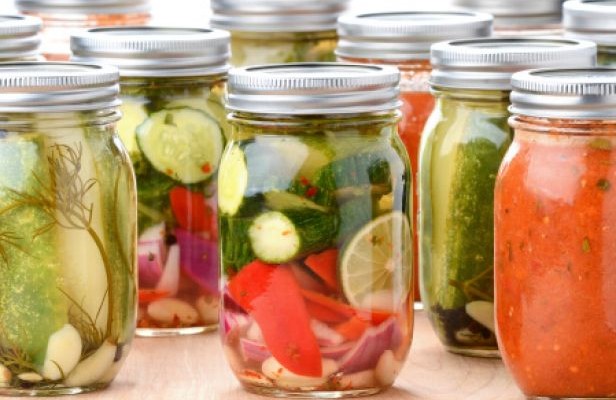Fermented Foods
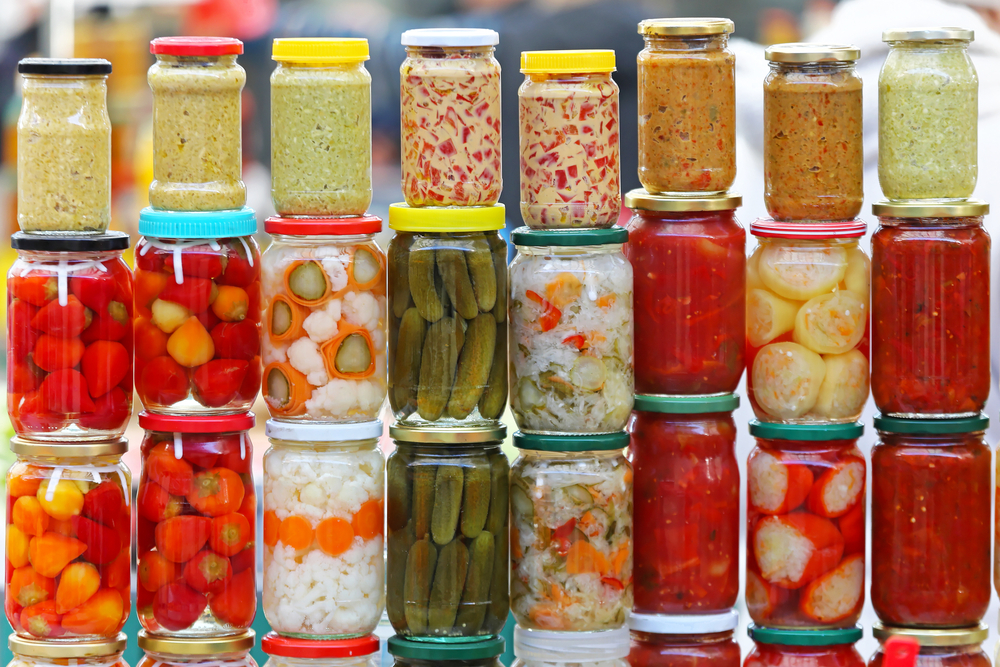
While fermented foods, like kefir in Russia and kimchi in Korea, have been popular in different parts of the world for centuries for their health benefits, they’re only beginning to become available in health food shops and other specialist businesses in this part of the world.
However, not all probiotic products are made equal as some yoghurts and yoghurt drinks marketed as a prime source of probiotics may contain high levels of refined sugar, which have been shown to actually help to feed ‘unfriendly’ bacteria and yeast in your digestive system.
Friendly bacteria can be encouraged to flourish in the gut by including fermented foods and drinks in your diet regularly and taking a probiotic capsule daily.
What is Kefir?
Kefir is a cultured drink, rich in valuable enzymes and friendly micro-organisms that help to balance your intestinal eco-system. It’s more nutritious than yoghurt and offers complete protein, B vitamins and essential minerals. It’s also considered to be anti-inflammatory.
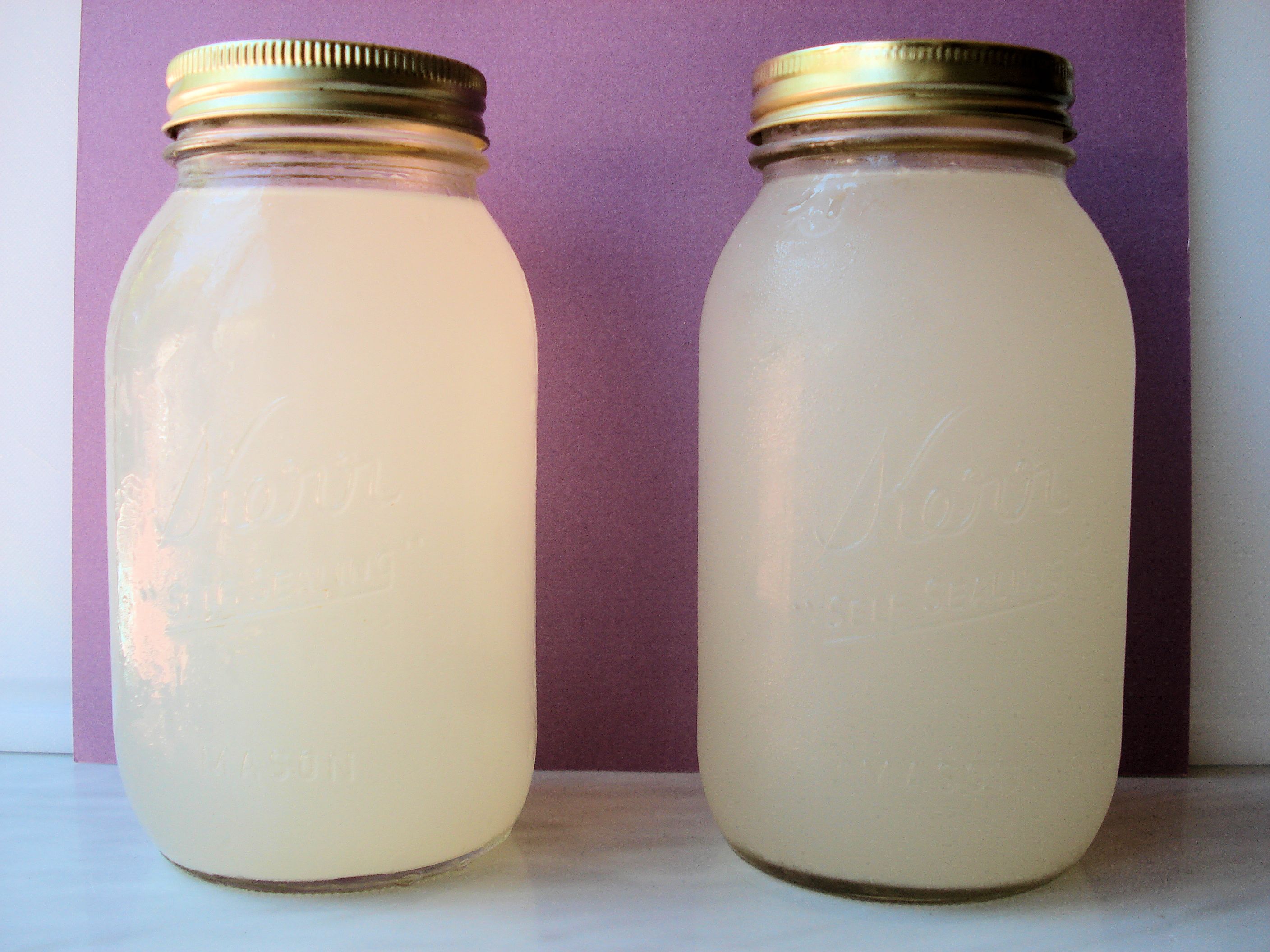
The word kefir originates from the Turkish word keif, which literally means the ‘good feeling’ you get after drinking it. In cultures traditionally consuming kefir, its healing powers have been understood for a long time, but only recently it has attracted scientific research to help understand its true therapeutic value.
Kefir is a little sour and carbonated due to the fermentation work of the colony of bacteria and yeast that comprise the ‘grains’ used to culture the kefir. When I say grains, I don’t mean the type of cereal grains that we’re mostly familiar with, but a grain-like matrix of lipids, sugars and proteins that feed the bacteria. Milk-based kefir is commercially available in Ireland and some European countries, but I have never tried it as I prefer to avoid dairy products.
Coconut Water Kefir:
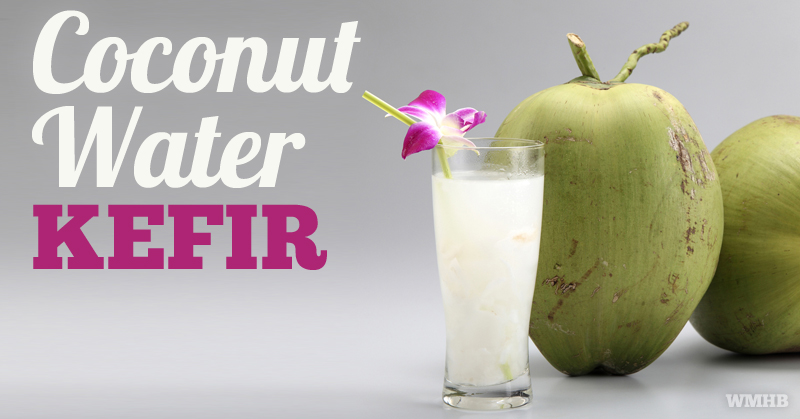
However, I discovered coconut water kefir about four years ago, when a college friend shared her grains with some of our class members. This uses the same kefir grains as would be found in milk kefir, but the natural sugars in coconut water feed the bacteria instead of the sugars in milk. What you get is a slightly sour, fizzy drink that looks much like lemonade. It’s great to drink on its own with a couple of ice-cubes, or you can add berries and other soft fruit, or even add it to your favourite smoothie.
Why is it so beneficial?
Kefir introduces a whole host of beneficial enzymes, minerals, vitamins and amino acids to your body and encourages nutrients to be more effectively absorbed from the food you eat. The friendly bacteria in kefir helps to improve digestion and reduce bloating too. I noticed the improvement in my skin and body within a relatively short space of time after starting to take kefir as I didn’t feel bloated after eating and I felt more energetic.
How do you make coconut water kefir?
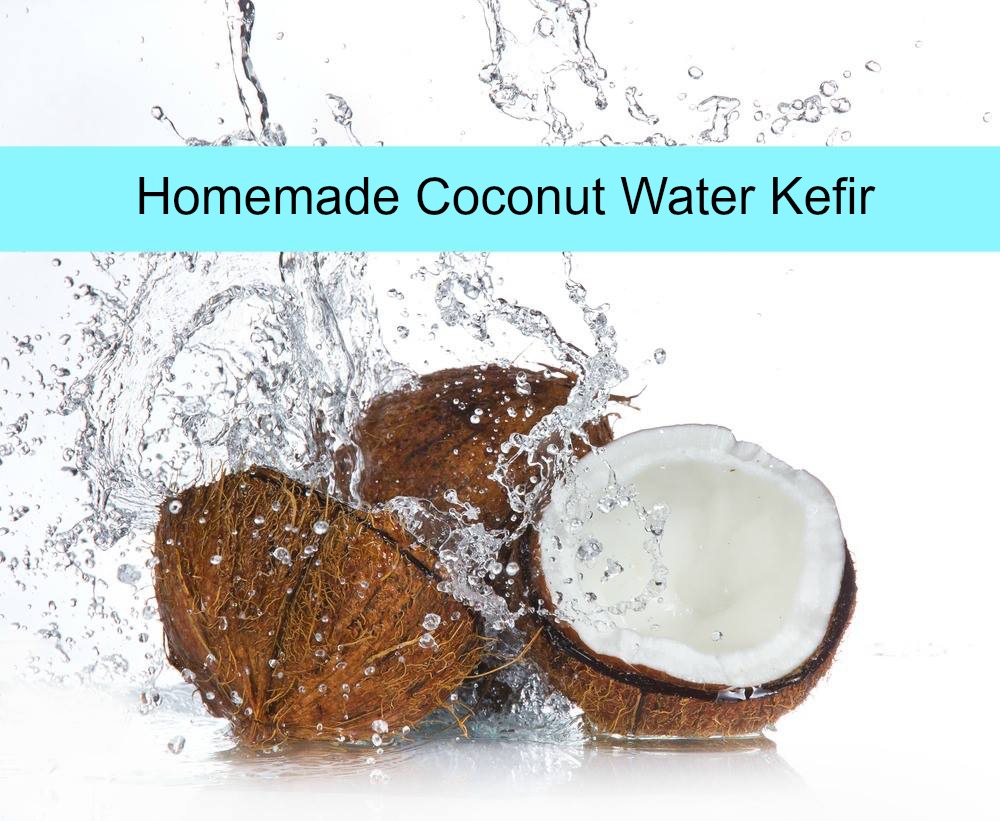
Kefir is easy to make at home. You can order starter-pack water kefir grains online or even google people in your area willing to share their grains, as they do multiply rather rapidly.
I keep mine in a large mason jar in a cool spot in my kitchen, away from direct sunlight. I top it up with coconut water every few days, and drink as I go along.
I use a plastic sieve (preferable to metal) to pour the kefir into a glass and prevent the grains from escaping out too. Every week or two, I finish up the kefir and rinse the grains under cold water, and then fill the jar up halfway again with coconut water. I often put raspberries or strawberries into the kefir to give it a nice fruity flavour. If you don’t have access to coconut water, then you can also use mineral water for the liquid part and add a handful of raisins for the kefir grains to feed on. They love the natural sugar in dried fruit.

